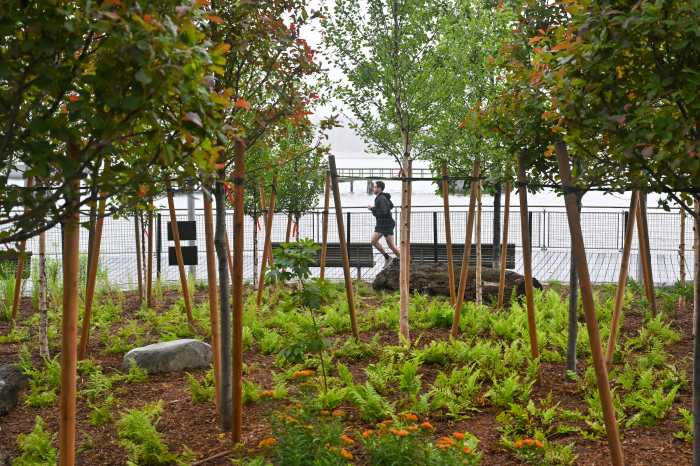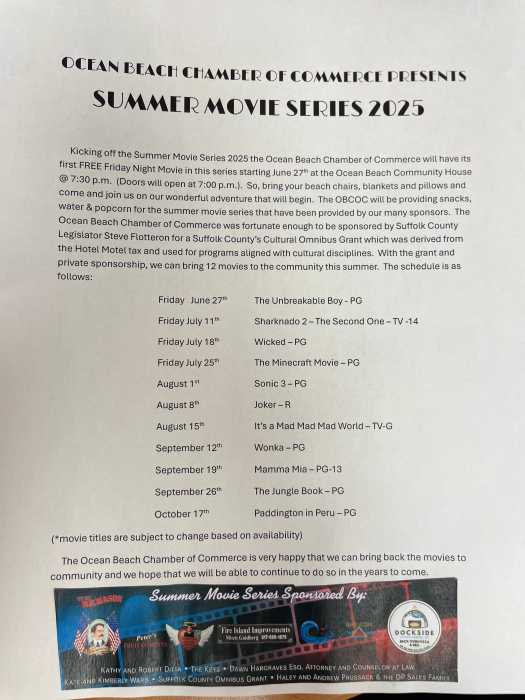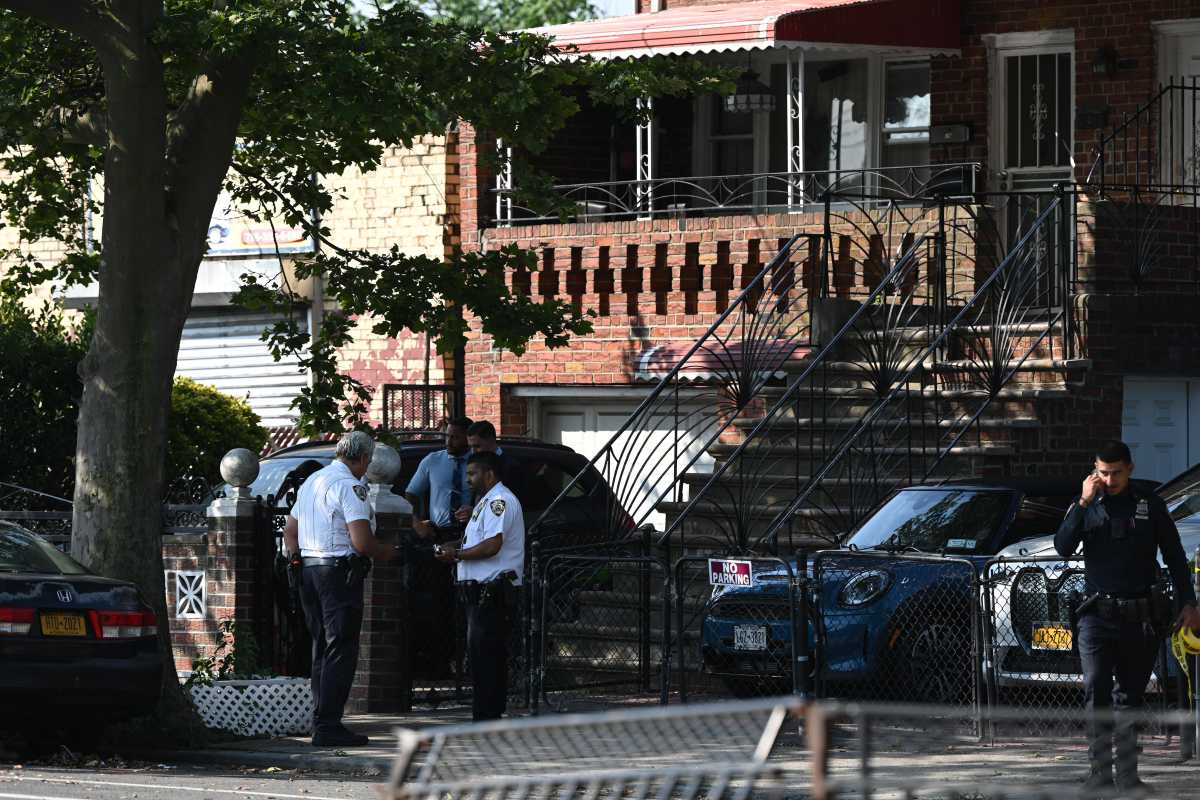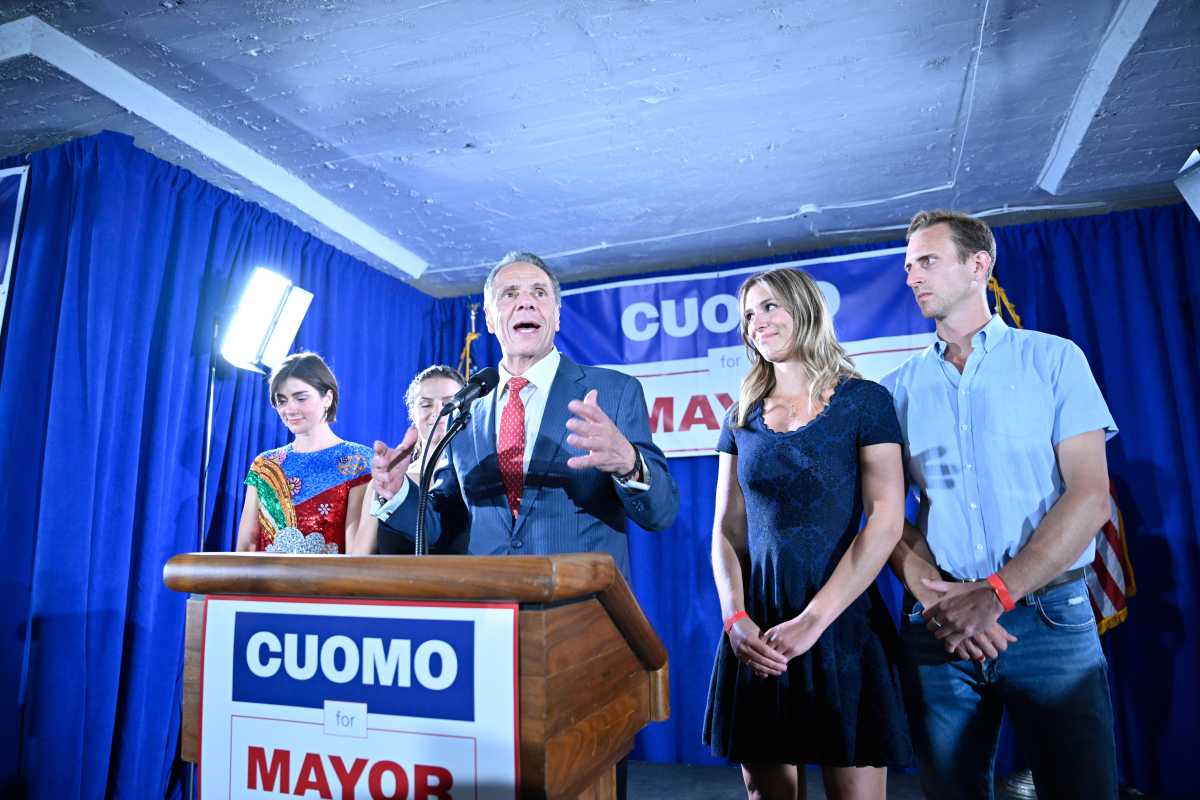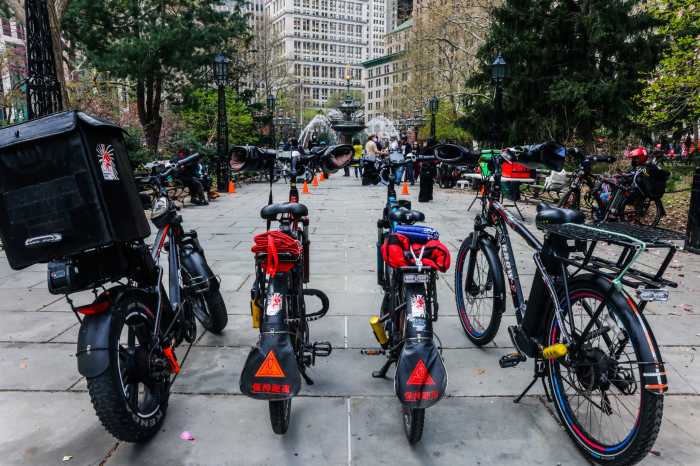At its May meeting, Community Board 1 nominated candidates for its executive committee and attendance committee.
The nominations set the stage for the race to replace Vincent Abate, the board’s 90−year old chair, who will step down in June from a position he has held since 1980.
As expected, two candidates have thrown their hats in the ring for the chairmanship: Mieszko Kalita, chair of the Public Safety Committee, and Chris Olechowski, chair of the Waterfront Committee and the member−at−large of the executive committee.
The elections will be held at the Board’s June meeting.
One board member tried to nominate Abate for the chairmanship, but Abate refused.
“I appreciate that you nominated me, but at this point, I cannot accept. I made my statement [of intention to retire] last year, and I’ll stick to my statement,” he said.
Other nominations were as follows (* denotes incumbent): Rabbi Joseph Weber* for First Vice Chair; Ward Dennis* and Vincent Gangone for Second Vice Chair; Del Teague* for Third Vice Chair; Karen Leader* for Financial Secretary; Israel Rosario* for Recording Secretary; Jose Leon and Phil Capanegro for Member−at−Large; and Rabbi David Niederman*; Theresa Cianciotta*; and Jaye Fox* for the Attendance Committee.
***
Also at the meeting, the board announced that the Department of Transportation will discuss the proposed Kent Avenue compromise at the next CB1 Transportation Committee meeting on May 27.
According to government officials, the compromise calls for the southbound lane of traffic on Kent Avenue between Clymer and N. 14th Streets to be removed. Under the plan, the two−way bike lanes that currently flank both sides of the street both will be moved to the west side of the street along that stretch.
In between the bike lanes and the northbound lane of traffic would be a buffer comprised of plantings, but with room to accommodate some parking spaces and loading zones for businesses. On the other side of the traffic lane will be another lane dedicated to parking and loading zones, government officials said.
Allocating these two lanes for parking and loading zones address complaints of the businesses and residents who have protested to the lanes when they were first installed in October as a prelude to the eventual Brooklyn Greenway, an ambitious network of landscaped lanes envisioned to surround Brooklyn’s perimeter in the future.
***





